Birria Tacos Seasoning: 10 Sizzling Secrets to the Perfect Spicy Kick!
Ever bitten into a birria taco and wondered why it tastes so damn good? Spoiler alert: it’s not just the meat. It all starts with the seasoning. Birria tacos seasoning is the unsung hero of this Mexican street food legend, bringing together smoky, earthy, and spicy notes that make your taste buds dance like nobody’s watching.
Table of Contents
- What Exactly Is Birria Tacos Seasoning?
- Key Ingredients in Traditional Birria Seasoning
- Why This Seasoning Makes or Breaks Your Tacos
- Homemade vs. Store-Bought: Which Should You Choose?
- How to Use Birria Tacos Seasoning Like a Pro
- Top 5 Birria Tacos Seasoning Brands to Try Now
- Buying Guide: How to Choose the Best Birria Seasoning
- Final Thoughts: Make Every Taco Night Legendary
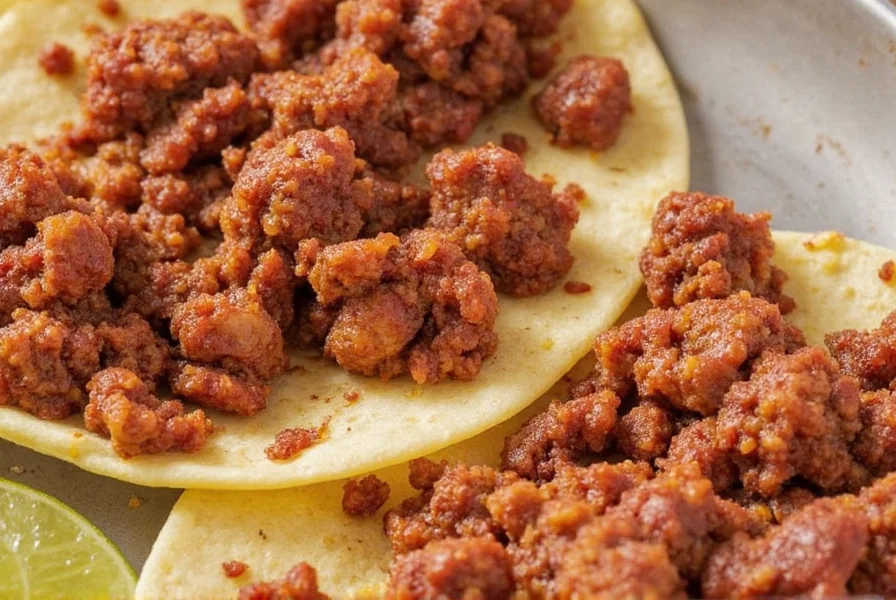
What Exactly Is Birria Tacos Seasoning?
Birria tacos seasoning is a complex blend of spices traditionally used to season the slow-cooked meats—usually goat or beef—that fill these beloved tacos. Originating from the Mexican state of Jalisco, birria was originally made for special occasions but has now become a worldwide obsession thanks to its deep flavors and rich aroma.
This spice mix typically includes dried chilies, garlic, cumin, oregano, cloves, cinnamon, and other warm spices that create a perfect harmony of heat and depth. The goal isn’t just to add spice—it’s to build flavor from the inside out.
Key Ingredients in Traditional Birria Seasoning
If you want to nail that authentic birria taco experience, understanding the key components of the seasoning is essential. Here’s what usually makes up the holy trinity (and more!) of birria seasoning:
- Ancho Chili Powder: Mild, slightly sweet, with a raisin-like flavor. Adds body without too much heat.
- Guajillo Chili Powder: Bright, tangy, medium-heat chili that brings fruity notes to the mix.
- Guaumeño or Pasilla Chili: For deeper, almost smoky undertones.
- Cumin: Earthy and pungent, balances the sweetness of the chilies.
- Garlic Powder: Umami-rich base note that enhances the meatiness.
- Oregano (Mexican if possible): Adds floral and herbal complexity.
- Cloves & Cinnamon: Unexpected but traditional! They lend warmth and sweetness to the overall profile.
- Salt & Pepper: The backbone of any great seasoning.
| Ingredient | Flavor Profile | Role in Birria Seasoning |
|---|---|---|
| Ancho Chili | Mild, Sweet, Fruity | Base layer of flavor |
| Guajillo Chili | Tangy, Medium Heat | Brightens the blend |
| Pasilla/Guaumeño | Earthy, Smoky | Adds depth |
| Cumin | Warm, Pungent | Brings balance |
| Garlic Powder | Savory, Meat Enhancer | Boosts umami |
| Mexican Oregano | Floral, Herbaceous | Adds complexity |
| Cloves | Spicy, Sweet | Warms up the blend |
| Cinnamon | Woody, Sweet | Surprising but classic touch |
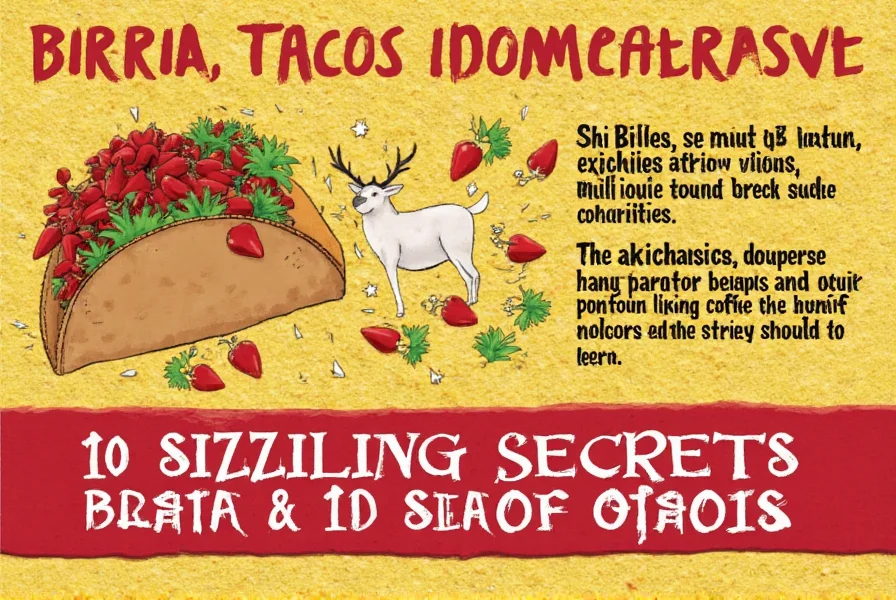
Why This Seasoning Makes or Breaks Your Tacos
Here's the deal: birria tacos are all about layers. First, you’ve got tender meat, then comes the crispy tortilla shell, and finally the juicy meat bathed in flavorful consommé. But before any of that happens, the seasoning sets the stage.
Think of birria seasoning like the conductor of an orchestra. If it’s off-key, the whole dish sounds flat—even if everything else is spot on. A balanced seasoning ensures every bite sings with flavor, whether you’re going for bold and fiery or subtle and smoky.
Homemade vs. Store-Bought: Which Should You Choose?
You might be wondering: do I really need to make my own seasoning? Let’s break down the pros and cons:
Homemade Spice Blend
- Pros:
- Total control over ingredients
- Fresher than pre-packaged blends
- Customizable heat level and flavor intensity
- Absolutely zero preservatives or additives
- Cons:
- Takes time to source and grind
- Learning curve in balancing flavors
Store-Bought Spice Mix
- Pros:
- Convenient and fast
- Often tested and balanced by professionals
- Ideal for beginners or last-minute cravings
- Cons:
- May contain anti-caking agents or unnecessary fillers
- Limited flavor customization
- Can lose potency over time
How to Use Birria Tacos Seasoning Like a Pro
Whether you're using a premade blend or one you crafted yourself, here’s how to maximize flavor in every bite:
- Season the Meat Generously: Rub it into the meat at least 30 minutes before cooking. For best results, marinate overnight.
- Toast the Spices: Dry-roast the spices in a skillet before grinding to unlock deeper, nuttier notes.
- Make a Sauce: Combine the seasoning with vinegar, oil, and broth to create a marinade or dipping sauce (perfect for the consommé).
- Use as a Finishing Touch: Sprinkle a little on top of your assembled tacos for a burst of flavor at the end.
- Try on Other Dishes: Don’t limit it to tacos—use it on roasted veggies, grilled chicken, or even popcorn!
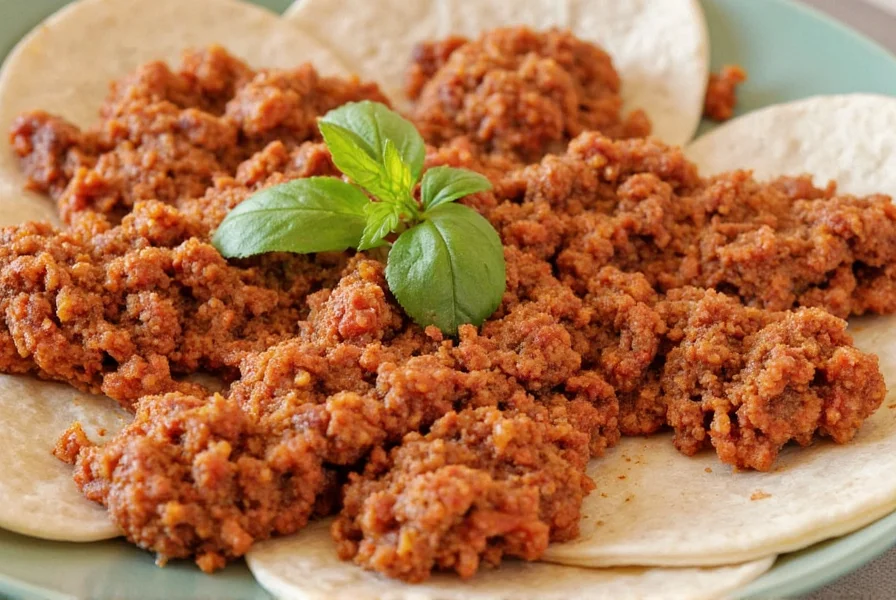
Top 5 Birria Tacos Seasoning Brands to Try Now
If you’re leaning toward convenience but still crave authenticity, check out these top-rated birria seasoning brands:
| Brand | Key Features | Best For | Heat Level |
|---|---|---|---|
| Mrs. Dash Mexican Fiesta | No salt added, natural ingredients, balanced flavor | Health-conscious cooks | Low-Medium |
| Ranchero Seasoning Co. | Handcrafted, small-batch, smoky finish | Home chefs who love depth | Medium |
| La Morena Birria Mix | Traditional recipe, quick preparation, full-bodied | Weeknight warriors | Medium-High |
| Primal Palate Organic | Organic, grain-free, paleo-friendly | Keto or low-carb dieters | Medium |
| El Guapo Gourmet Blend | Artisanal, customizable spice levels, gourmet flair | Foodies & professional kitchens | Adjustable |
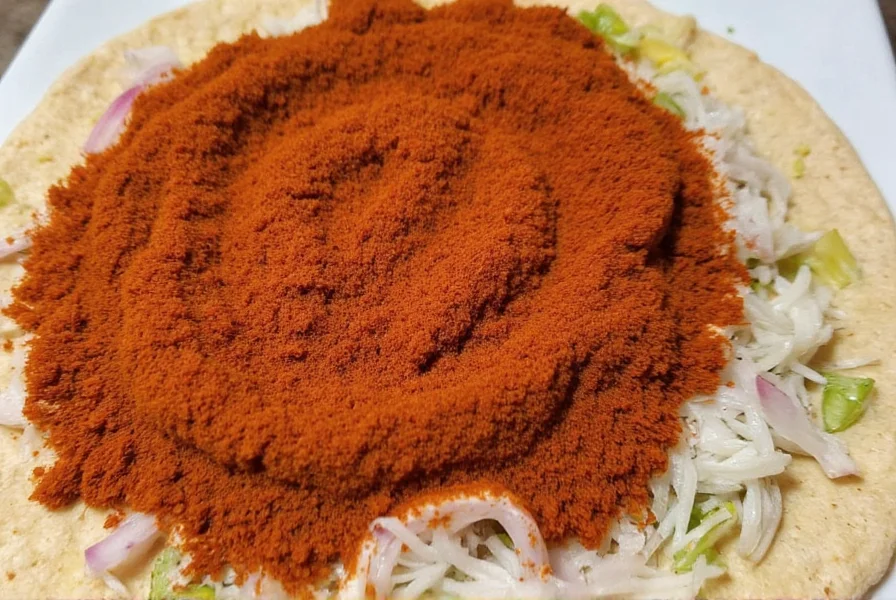
Buying Guide: How to Choose the Best Birria Seasoning
Picking the right birria seasoning can feel overwhelming with so many options. Let’s simplify the process with a few key criteria:
1. Check the Ingredient List
Avoid mixes with unpronounceable chemicals or artificial flavorings. Look for real, whole-food-based ingredients like chili powders, herbs, and spices you recognize.
2. Consider the Heat Level
Are you looking for mild, smoky warmth or a punch of fire? Always check the label or reviews for heat level indicators.
3. Flavor Complexity Matters
The best birria seasonings go beyond chili powder and salt. Seek out blends with cinnamon, cloves, oregano, and cumin for that signature richness.
4. Packaging and Freshness
Opt for resealable bags or airtight containers to keep your seasoning fresh longer. Spices lose potency after 6–12 months, so choose smaller quantities if you don't use them often.
5. Purpose and Use Case
- Meal Prep: Go for blends that are easy to incorporate into stews or braises.
- Quick Meals: Pre-mixed sauces or packets can save time.
- Grilling or Roasting: Pick a robust version with pronounced smokiness.
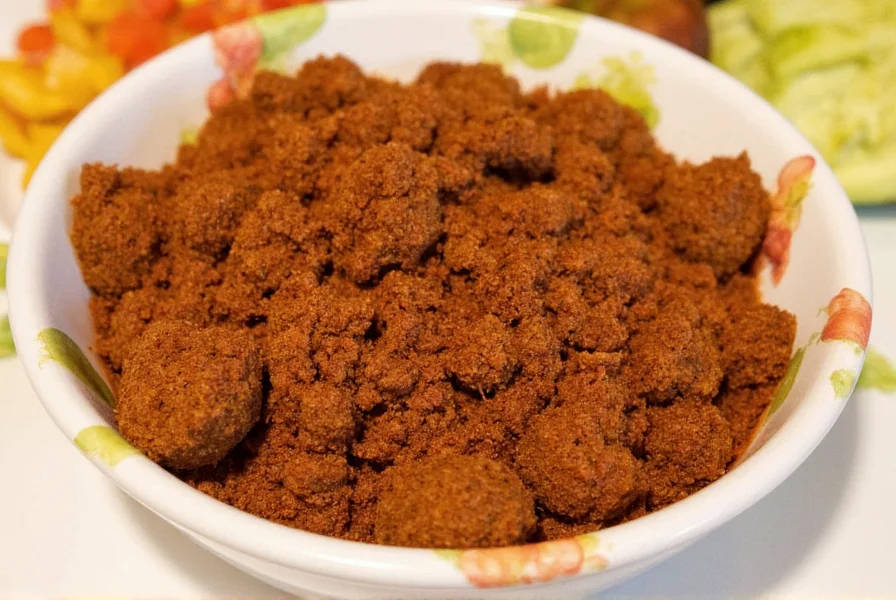
Final Thoughts: Make Every Taco Night Legendary
So there you have it—your complete guide to birria tacos seasoning! Whether you’re grilling up carne de res for a family dinner or hosting a taco bar at your next party, the right seasoning is your secret weapon.
From crafting your own custom blends to picking up a trusted brand from the shelf, birria tacos seasoning gives you the power to elevate humble ingredients into something unforgettable. So go ahead—sprinkle generously, savor deeply, and enjoy every single bite.
Got a favorite brand or a unique twist on birria seasoning? Drop it in the comments below—we’re always hungry for more flavor!
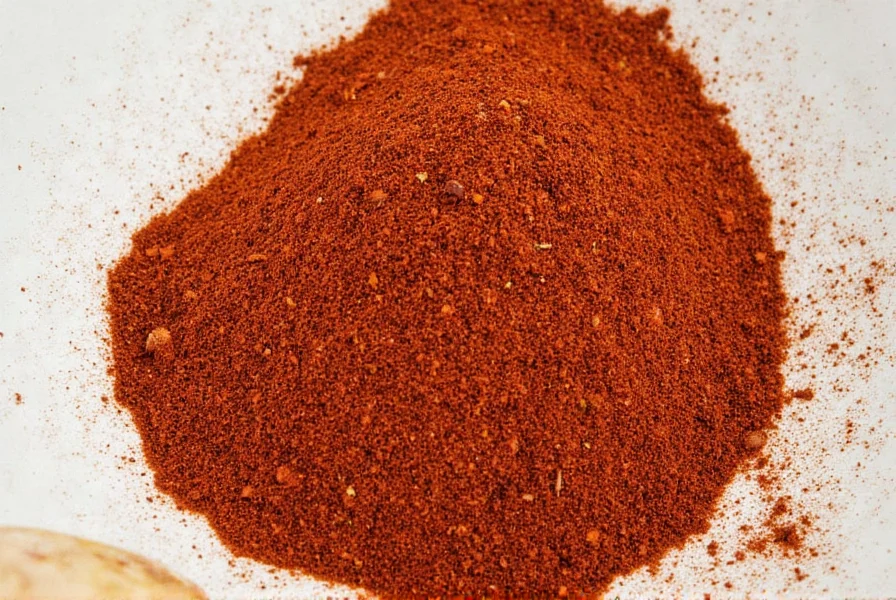










 浙公网安备
33010002000092号
浙公网安备
33010002000092号 浙B2-20120091-4
浙B2-20120091-4